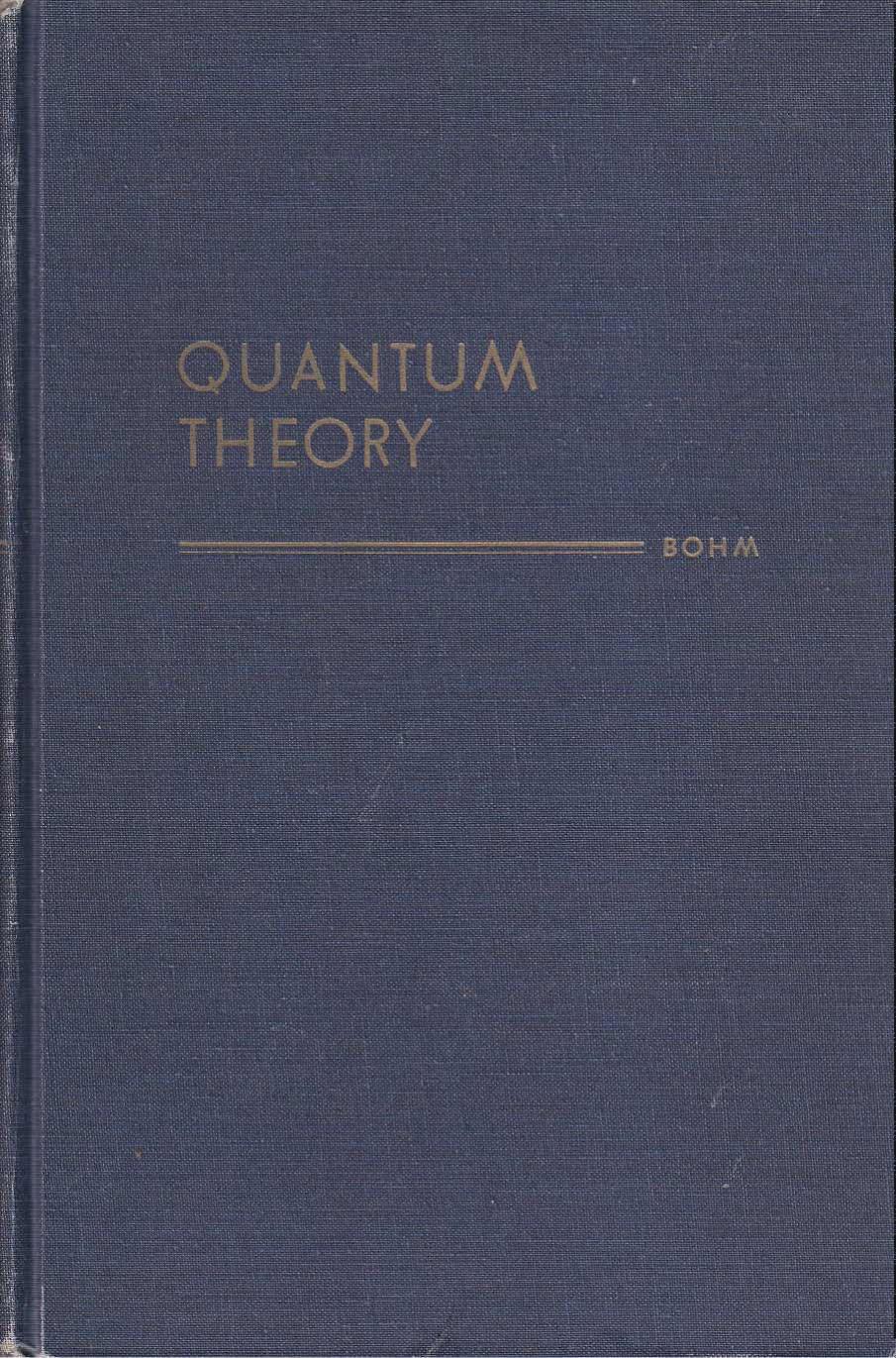Quantum Theory by David Bohm

Author:David Bohm [Bohm, David]
Language: eng
Format: epub, pdf
ISBN: 9780486134888
Publisher: Dover Publications
Published: 2012-07-18T16:00:00+00:00
(5a)
For an attractive Coulomb force ∂V/∂r = e2/r2, so that we obtain
(5b)
We note that the equilibrium radius increases with the angular momen-tum, as we should expect. This radius is the one for which the attractive force just balances the centrifugal force. It is therefore the classical radius for a circular orbit.
Fio. 1
In general, if a particle is bound (E < 0), it will oscillate (classically) between some limits r = a, and r = b, as shown in Fig. 1. For example, in an elliptic orbit of a hydrogen atom, the radius oscillates periodically between inner and outer limits. Only for a circular orbit is there no oscillation.
5. Separation into Relative Co-ordinates. Thus far, we have been assuming that the potential has been a function of the distance r from a fixed point. In many problems, such as, for example, the hydrogen atom, the potential is a function of the relative distance, r1 - r2, between the electron and the proton (r1 is the radius vector of the electron, and r2 that of the proton). Nevertheless, as is possible in classical theory, the equations can be separated into two sets, one involving only r1 - r2 and the other involving only the position of the center of mass. To do this, we write the Hamiltonian for the two particles as follows:211
Download
This site does not store any files on its server. We only index and link to content provided by other sites. Please contact the content providers to delete copyright contents if any and email us, we'll remove relevant links or contents immediately.
The Complete Stick Figure Physics Tutorials by Allen Sarah(7336)
Secrets of Antigravity Propulsion: Tesla, UFOs, and Classified Aerospace Technology by Ph.D. Paul A. Laviolette(5332)
Thing Explainer by Randall Munroe(3909)
The River of Consciousness by Oliver Sacks(3572)
The Order of Time by Carlo Rovelli(3162)
How To by Randall Munroe(3074)
A Brief History of Time by Stephen Hawking(2991)
I Live in the Future & Here's How It Works by Nick Bilton(2959)
What If?: Serious Scientific Answers to Absurd Hypothetical Questions by Randall Munroe(2667)
The Great Unknown by Marcus du Sautoy(2662)
Midnight in Chernobyl by Adam Higginbotham(2515)
Blockchain: Ultimate Step By Step Guide To Understanding Blockchain Technology, Bitcoin Creation, and the future of Money (Novice to Expert) by Keizer Söze(2467)
Networks: An Introduction by Newman Mark(2382)
The Meaning of it All by Richard Feynman(2318)
Easy Electronics by Charles Platt(2308)
The Tao of Physics by Fritjof Capra(2247)
Midnight in Chernobyl: The Untold Story of the World's Greatest Nuclear Disaster by Adam Higginbotham(2195)
When by Daniel H Pink(2098)
Introducing Relativity by Bruce Bassett(2097)
